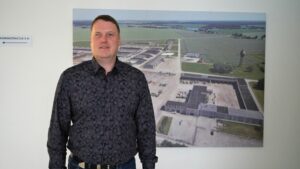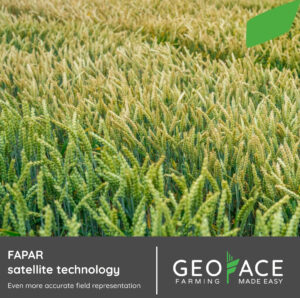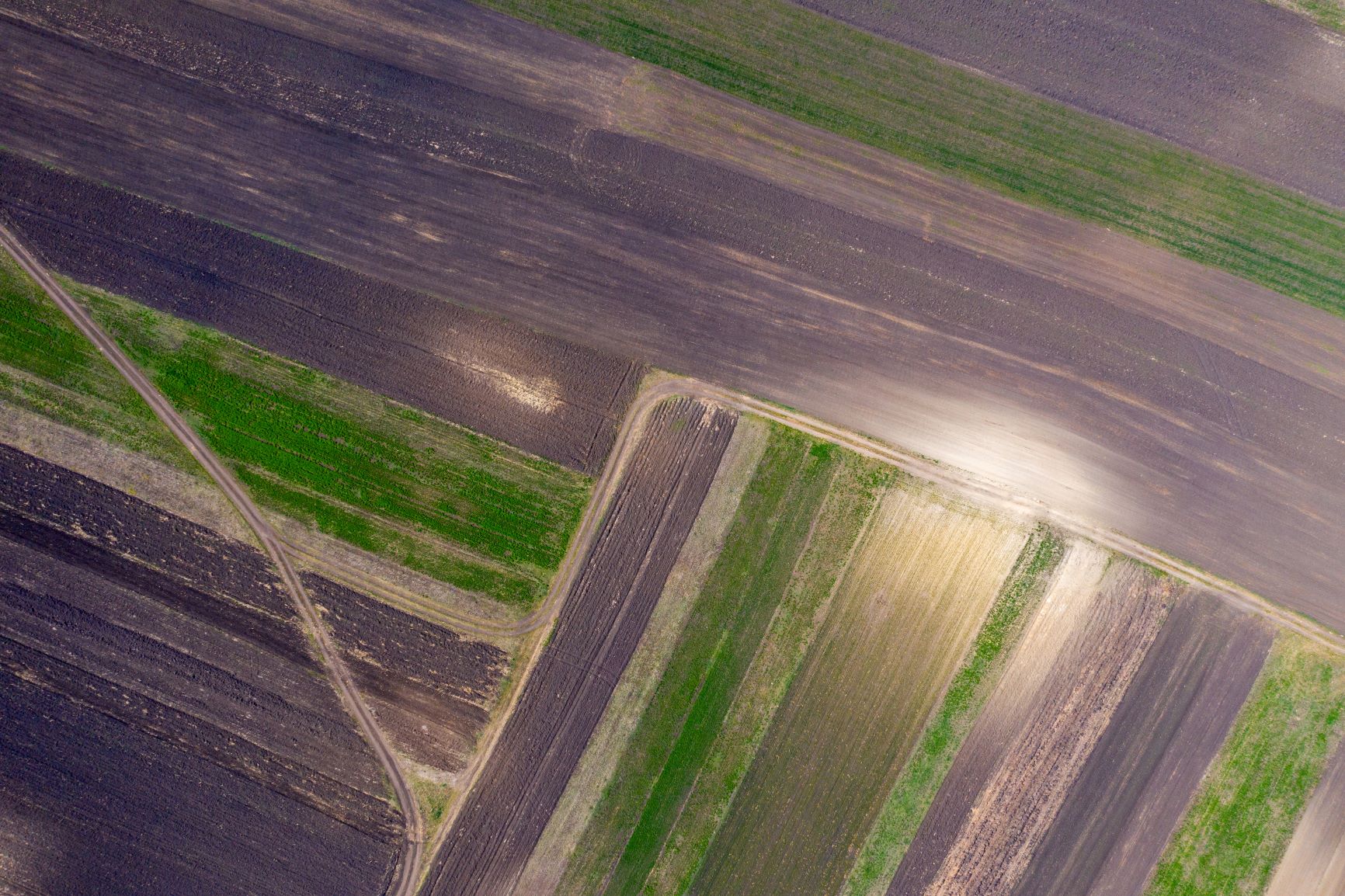The global market for farm management software is expected to double by 2026, while only 30% of farms in Lithuania have implemented or plan to start using precision farming solutions. The developers of the Lithuanian smart app Geoface argue that, despite established habits or fear of change, farms will not avoid digitalisation due to legal regulations, cost benefits and the attitude of the younger generation.
The world’s growing human population and the need to feed it, the demands of sustainability and the drive for value for money are driving agriculture to find ways to get the most out of every hectare. Farm managers have to make decisions here and now, which calls for automated farm management solutions. Smart farming systems are gaining in popularity, which helps to store farm data in one place, predict yields, monitor machinery and equipment, carry out mandatory reports, etc.
The global market for farm management applications is expected to double by 2026. Today it stands at $2.1 billion and is expected to grow to $4.2 billion by 2026 (source: www.marketsandmarkets.com). Europe accounts for about 10% of the total global market and Lithuania would account for an even smaller share, but the use of farm management applications is expected to grow rapidly. Growth is mainly driven by the modernisation of farms, the changing generation of farms, government support programmes and various legal frameworks.
In the Lithuanian market, only around 30% of advanced farms have installed or plan to start using precision farming solutions such as RTK signals, fertiliser maps, other software and automated driving. Unfortunately, many farms still document their work in a notebook or do not analyse it at all. The main reason is fear of innovation. Some Lithuanian farms are still distrustful of digital solutions – they are expensive, the benefits are not tangible, there is a lack of skills, and there is a fear of losing data.
Jonas Bakšys, Director of Geoface, a company developing a smart farming programme, says that smart systems are an inevitable tool for farms. “Not only does it help to manage farm information, calculate costs, forecast yields and income. It is a necessity and the norm when farm data becomes another important resource to achieve a profitable farm result,” says Jonas Bakšys.
With rising prices for machinery and equipment, fuel, crop protection products, fertilisers and labour costs, farms are forced to think about how to earn more. For example, smart farming systems can help reduce fertiliser inputs efficiently. Integrating aggregated field data and using nitrogen fertiliser maps can save up to 15% of nitrogen, which reduces costs, lowers the risk of crop spoilage and improves grain quality.
Sustainability is and will continue to be of particular importance for farm decisions. Farmers are subject to a wide range of requirements to farm sustainably, sustainably and organically. By 2030, agriculture will need to reduce pesticide use and risks by 50% and fertiliser use by at least 20%. Mandatory accounting to monitor pesticide use is on the increase. This is also helped by the declaration functionality of the smart system, where declarations of the use of plant protection products have been mandatory since last year.
One of the more important conditions for digitisation is the age of the farm manager. In Lithuania, statistics show that only 17% of farm owners are under 40 years of age, even though more and more young people are directly involved in farm management. Young people are willing to work in a different way from the way their parents and grandparents worked. And they are older too – once they have tried a programme, they do not want to go back. Farms, especially the younger generation, need digital solutions to store and make use of farm data. More and more farms are deciding to farm more efficiently and connecting to smart farming systems.
Jonas Bakšys, Director of Geoface UAB, is pleased with Geoface, a unique application that Linas Agro Group has been developing for the Baltic market for several years, which helps to combine the needs of crop farms into one convenient smart farming tool in Lithuanian, Latvian and English.
“The experience of hundreds of farmers and the concrete expectations they express every day have been used to develop the Geoface app. Launched in 2019, the system already has more than 2,300 users signed up. In the second half of 2022, twice as many new users have joined as in 2021, and in January 2023 as many as five times more than in January 2022. In Lithuania and Latvia, we are spending a lot of time on improving the functionality of the app, as well as on customer consulting and training,” says the CEO of Geoface .



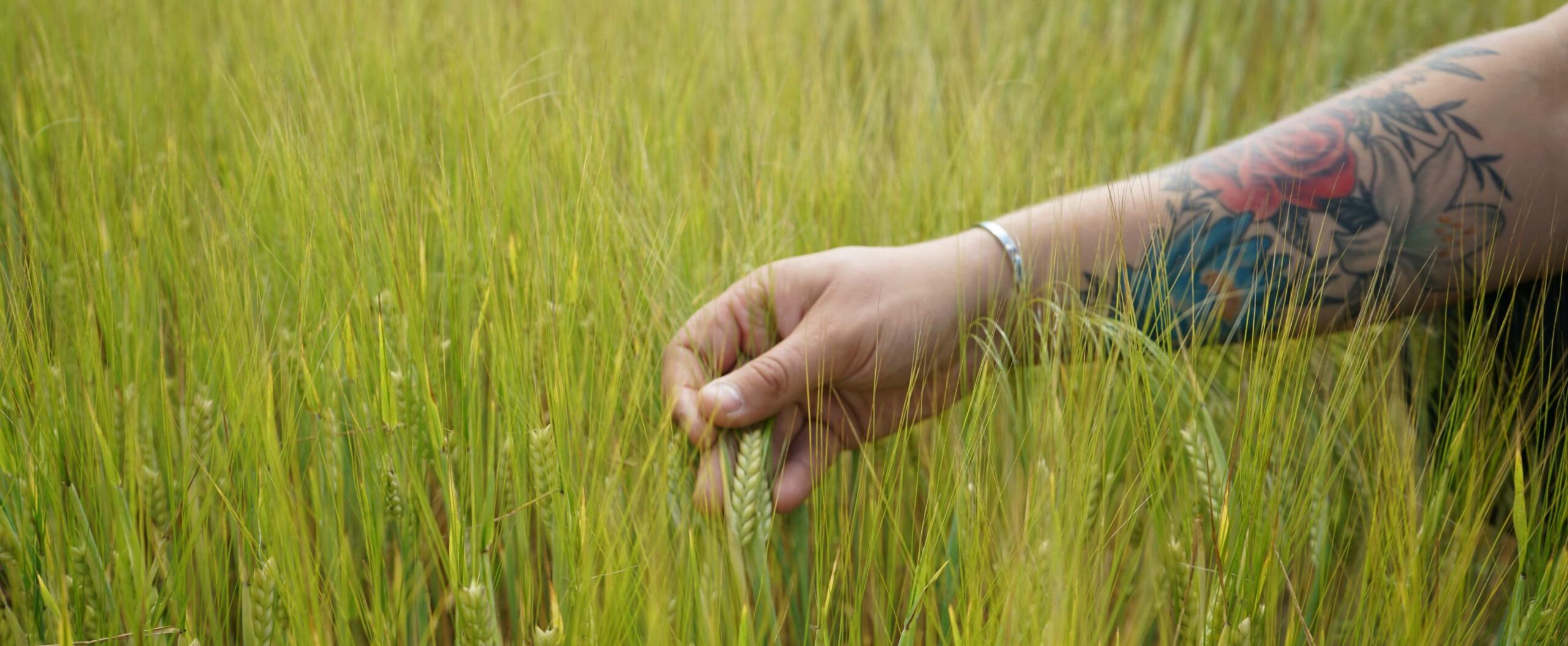
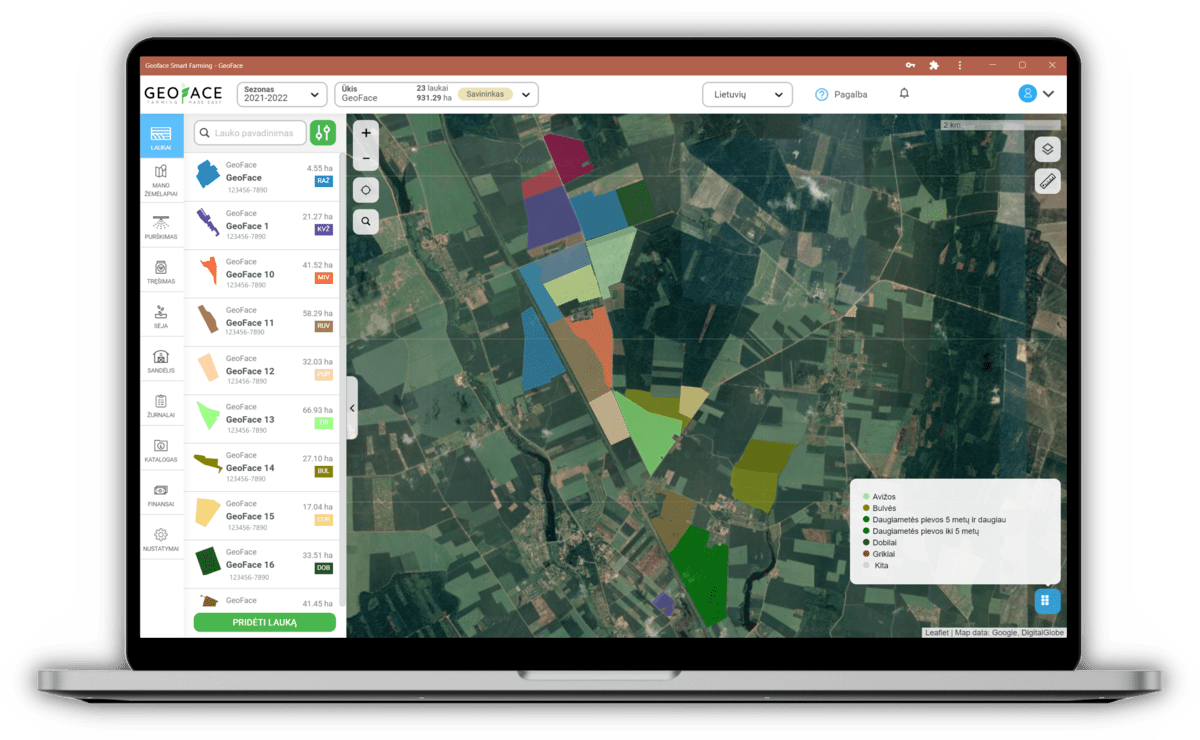
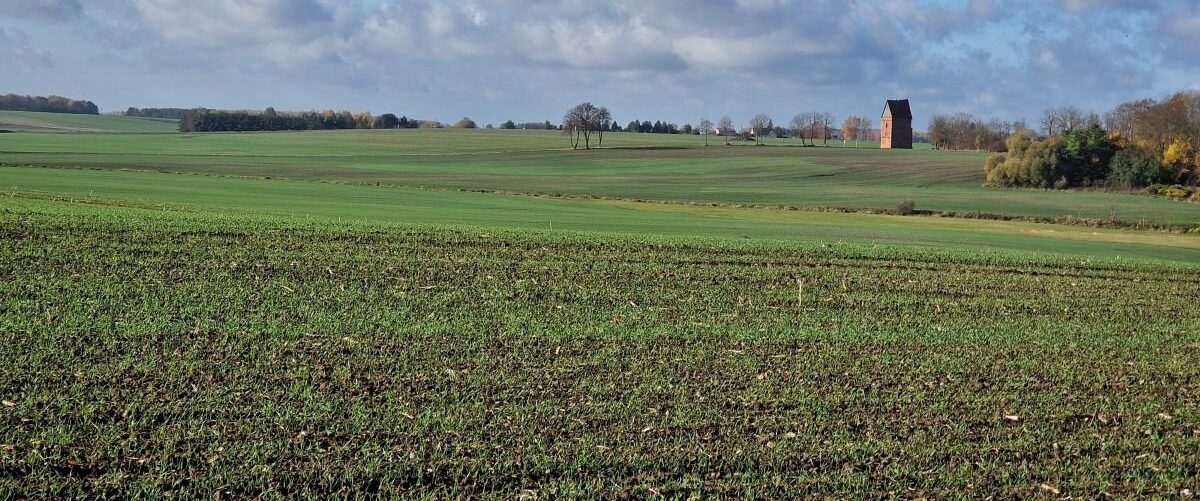

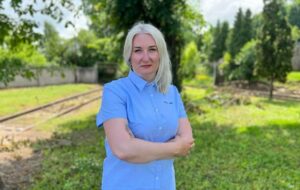 Both the professor and Dr. Gabrielė Pšibišauskienė, Head of Agri-technology Development at Linas Agro, share their experience: “According to LAMMC research in central Lithuania (according to the commissioned research by Linas Agro, 2022), in a light sandy loam with a soil pH close to neutral and a low mineral N of 14.5 – 16.0, the soil contains a moderate amount of plant-available phosphorus and potassium. The soil has a relatively low organic matter content and one of the crops in the rotation is legumes. The above aspects of winter wheat production technology are constant over the years and yield values are similar for 10 consecutive years, with winter wheat yields often around 6 t/ha.
Both the professor and Dr. Gabrielė Pšibišauskienė, Head of Agri-technology Development at Linas Agro, share their experience: “According to LAMMC research in central Lithuania (according to the commissioned research by Linas Agro, 2022), in a light sandy loam with a soil pH close to neutral and a low mineral N of 14.5 – 16.0, the soil contains a moderate amount of plant-available phosphorus and potassium. The soil has a relatively low organic matter content and one of the crops in the rotation is legumes. The above aspects of winter wheat production technology are constant over the years and yield values are similar for 10 consecutive years, with winter wheat yields often around 6 t/ha.